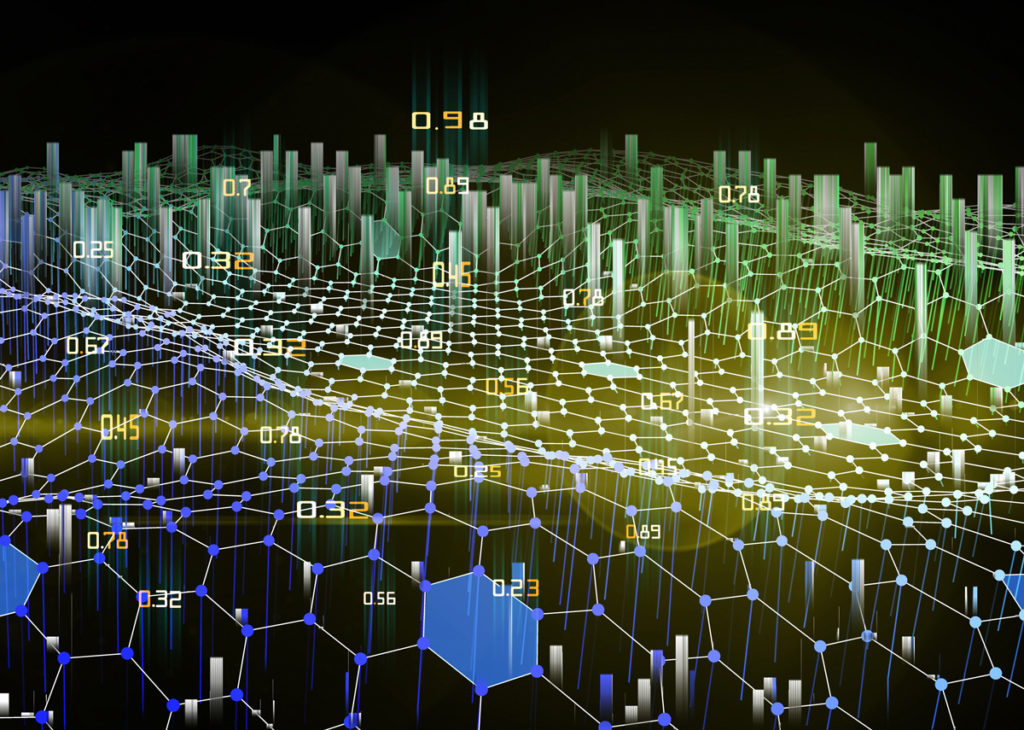A lot of people are talking about data at the moment, using terms like “big data”, “data analysis”, “data mining”, and “data science”, but do they know what these words mean?
In this article, we will focus on two of the most important definitions to be clear about – the difference between data science and data analytics.
Data analytics vs data science
While it is true that data analysts and data scientists work with data, the big difference between them is what they do with this data.
Data analysts are tasked with examining large data sets to identify trends and create visual presentations to get this information across so businesses can make better-informed decisions.
On the other hand, data scientists design and construct new processes for data modelling and production using algorithms, custom analysis, predictive models, and prototypes.
Working in data analytics
Data analysts’ responsibilities vary across companies and industries, but their fundamental role is to draw meaningful insights from data that help solve problems. They do this by analysing well-defined sets of data using various tools to answer specific business questions, such as how internal attrition affects revenue, why a marketing campaign has done well in certain areas and not others, and why sales have dropped in a particular quarter.
Data analysts are often referred to by other titles, such as advertising, business, database, financial, marketing, operations, or pricing analyst.
Data analyst’s typical background
Data analysts tend to have a mathematical or statistical background, or if their background is non-quantitative, they can quickly learn how to use the tools needed to make decisions with numbers instead. Some data analysts pursue an advanced degree in analytics to further their careers.
Typical skills and tools for data analysts
The most in-demand skills for data analysts include:
- Data analysis
- Data mining/data warehousing
- Data modelling
- Database management and reporting
- R or SAS
- Statistical analysis
- SQL
As well as having technical expertise, they also need to be able to communicate complex quantitative findings to clients or colleagues who are non-technical.
Typical roles and responsibilities of a data analyst
Data analysts are responsible for designing and maintaining data systems, using statistical tools to interpret data sets and preparing reports that effectively communicate predictions, patterns and trends based on relevant findings.
Working in data science
Data scientists estimate the unknown by asking questions, building statistical models and writing algorithms using heavy coding. Data scientists can arrange undefined sets of data using multiple tools, building their automation systems and frameworks.
Data scientist’s typical background
Data scientists tend to have mathematical and statistical knowledge and substantive expertise in this area, including a master’s degree in data science.
Typical skills and tools for data scientists
Typical skills and tools for data scientists include:
- Data analysis
- Data mining/warehousing
- Hadoop
- Java
- Machine learning
- Object-oriented programming
- Python
Typical roles and responsibilities of a data scientist
Data scientists are usually tasked with designing data modelling processes and creating algorithms and predictive models to extract the information businesses need to solve complex problems.
How to choose between data analytics and a data science career
Now you have a better understanding of the differences between data analytics and data science and what each career entails, you can start to think about which career path may be better for you. There are three key things to keep in mind when deciding which path would be best for your personal and professional goals:
#1 Your background
While data analysts and data scientists are similar in many ways, their main differences are in their educational and professional backgrounds.
Data analysts tend to examine large data sets to identify trends. So their undergraduate degree is most commonly in a STEM major (science, technology, engineering or mathematics) and maybe even an advanced degree in analytics or a related field. Experience with programming, databases, modelling and predictive analytics would also be sought.
On the other hand, data scientists are more focused on constructing new processes for data modelling and production – meaning an advanced degree in data science is essential for career progression.
#2 Consider your interests
The simplest way to decide which career path is right for you is to ask yourself a simple question – are you more excited by computer science and business or numbers and statistics?
Data scientists need to know and be interested in the business world, as well as maths, statistics and computer science, whereas data analysts love numbers, statistics and programming.
#3 Your desired career path
As data analysts work mainly with databases, they can increase their salary by learning additional programming skills such as Python or R. Many data analysts change careers after about ten years, moving into developer roles or data science positions after completing an advanced degree.
Data scientists are often considered to be more senior than data analysts as they typically hold a graduate degree, more advanced skills and more experience. Many data scientists advance to become data architects or data engineers.
To get started on your path to success as a data scientist or data analyst, please contact the experienced team at Agile Recruit today.
Be the first to apply for the latest data science or data analyst jobs – get alerts with the latest jobs sent directly to your inbox.




